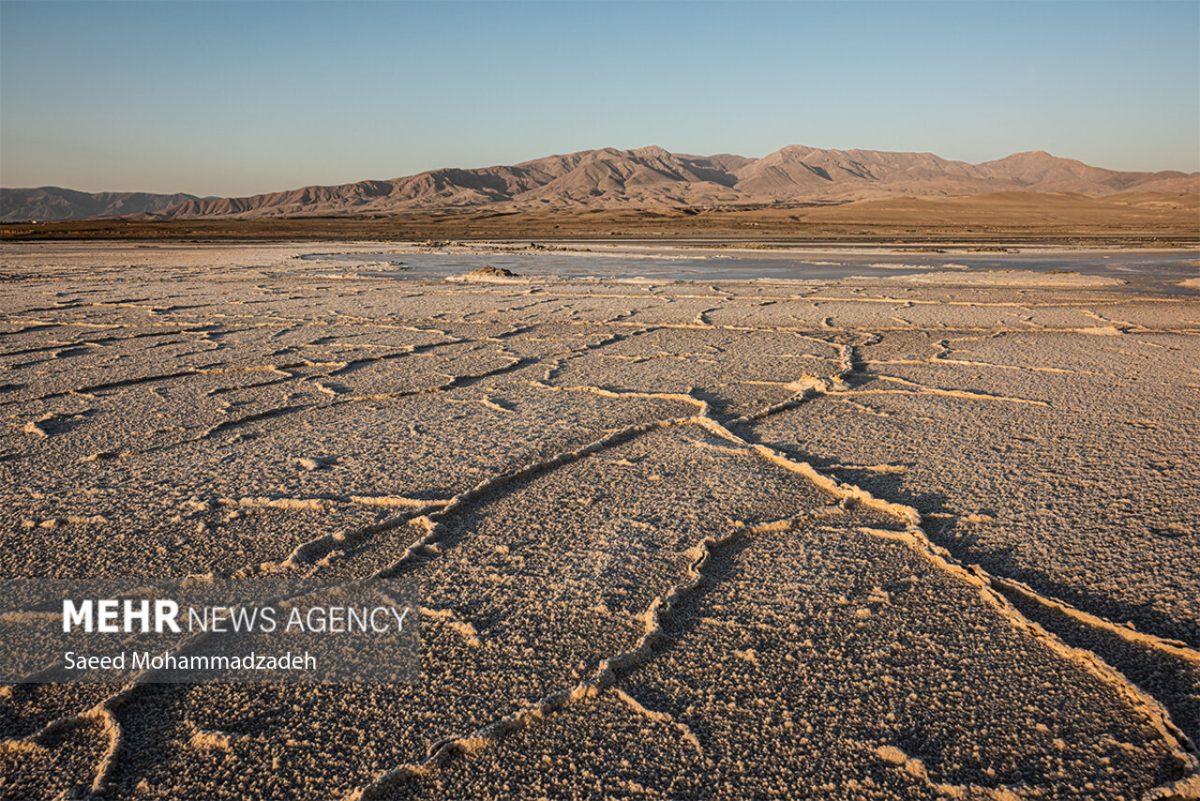Over the past few decades, more than 100 dams have been constructed on the rivers feeding the lake. Combined with climate change and poor water management, these dams have severely reduced the lake’s water levels, transforming it into a seasonal wetland.
Currently, only 10% of Lake Urmia remains, with its water level dropping to 1270.1 meters—three meters below the standard level. This dramatic decline has had severe environmental and economic consequences, threatening millions of migratory birds and local inhabitants.
One of the primary causes of the lake’s depletion is the construction of 23 dams in its watershed, primarily for agricultural purposes, significantly reducing the lake’s inflow.
Between 1998 and 2019, the cultivation of water-intensive crops, such as apples and sugar beets, increased significantly, diverting the lake’s water rights. Experts warn that stricter policies on dam construction and agricultural water use, alongside modern irrigation techniques, are urgently needed to revive Lake Urmia and safeguard its surrounding ecosystems. They warn that immediate action is necessary to prevent further environmental and economic catastrophes.
